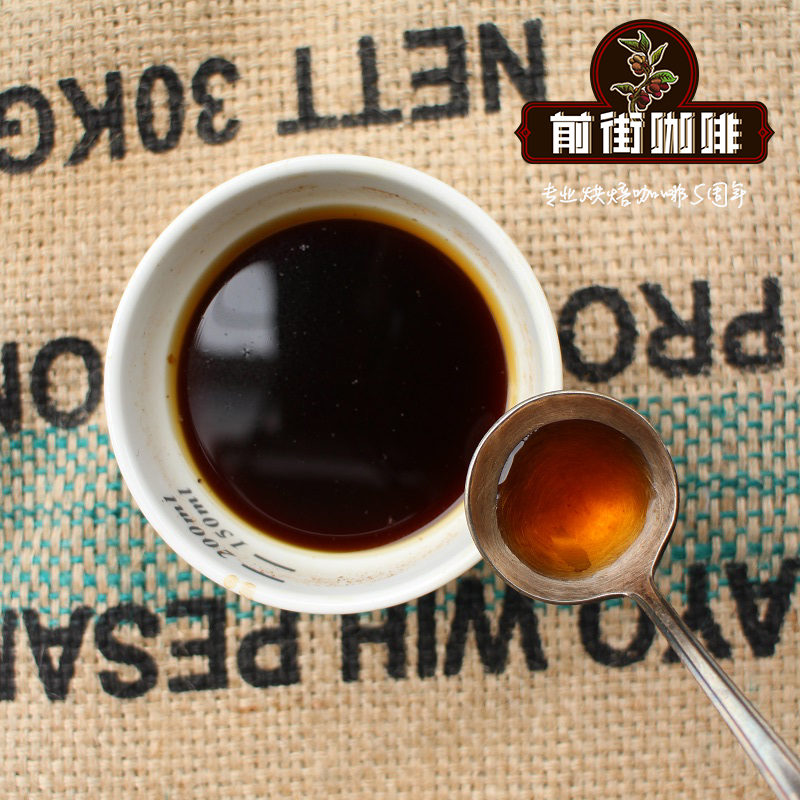What is the name of Hawaiian Coffee Bean Brand | how is Hawaiian coffee made?

Professional coffee knowledge exchange more coffee bean information please follow the coffee workshop (Wechat official account cafe_style)
In 1813, a Spaniard first grew coffee in the ManoaValley Valley of Oahu, which is today the main campus of the University of Hawaii. In 1825, an English agronomist named John Wilkinson transplanted some coffee from Brazil to grow in the coffee garden of Chief Birch on the island of Oahu. Three years later, an American missionary named Samuel Riveland Rags brought the branches of the coffee tree from Birch Emirates Garden to Kona, a descendant of the Arabica coffee tree that first grew on the Ethiopian plateau. To this day, Kona Coffee still carries on its noble and ancient lineage.
The unique growth and climate make Hawaii Kona perfect: the smell of Hawaiian beaches, monsoons and volcanoes. The real Hawaiian Kona coffee makes people enjoy the unique pleasure and leads you slowly into the detached state of tasting coffee. And this comes entirely from the oldest Arabica coffee tree.
Kona coffee beans produced in Hawaii are the most beautiful coffee beans in the world. they are extremely full and shiny. Kona coffee beans are evenly shaped, have a strong sour and sweet taste, wet and smooth taste, and have a strong aromatic finish for a long time. Most rarely, Kona Coffee has a blend of wine, fruit and spice, as fascinating as the colorful colors of this volcanic archipelago.
If you are the kind of person who must slowly get into the state with the aroma of coffee before tasting it, Kona is the right coffee for you. Because it is not as mellow as Indonesian coffee, not as full-bodied as African coffee, nor as rugged as Central and South American coffee, Kona coffee is like a girl walking in the Hawaiian sunshine breeze, fresh and natural, lukewarm.
Coffee became popular in South America as a fashionable drink in 1668, followed by coffee houses in New York, Philadelphia, Boston and other North American cities. The Boston Tea Party case of 1773 was planned in a coffee shop called Green Dragon. Today, both the New York Stock Exchange and the Bank of New York in the famous Wall Street financial district start in coffee shops.
Coffee was first grown in America in the 1820s, and it was the Dutch who first spread coffee to Central and South America. Coffee spread from the Dutch colonies to French Guiana and Brazil, and then by the British to Jamaica. By 1925, growing coffee had become a tradition in Central and South America. In the same year, Hawaii also began to grow coffee, which is the only coffee producer in the United States, and Hawaiian coffee is one of the best coffee in the world.
To date, Brazil is already the world's largest coffee producer, accounting for about 30 per cent of global coffee production, while Colombia is the second largest coffee producer, accounting for about 12 per cent of global coffee production. North America is currently the two largest coffee consumption region. In Seattle, "Latai" culture reinterprets the connotation of coffee culture, combining unique flavor coffee, beautifully designed coffee utensils with fashion and art, and sweeping the world.
END
Important Notice :
前街咖啡 FrontStreet Coffee has moved to new addredd:
FrontStreet Coffee Address: 315,Donghua East Road,GuangZhou
Tel:020 38364473
- Prev

What is the variety of Indonesian Butterfly Coffee? why does Indonesian coffee have dregs?
Professional coffee knowledge exchange more coffee bean information Please follow the coffee workshop (Wechat official account cafe_style) the Dutch brought coffee to Indonesia, but the Indonesians use its special soil to develop a unique flavor. Coffee is called kopi in the local language of Indonesia, but coffee is also called java in English, which is the Indonesian island of Java. Few people know that this place
- Next

What are the characteristics of Hawaiian coffee beans | how to make Hawaiian coffee powder correctly?
Professional Coffee knowledge Exchange more information on coffee beans Please follow the coffee workshop (Wechat official account cafe_style) Kona coffee beans produced in Hawaii have the perfect appearance, their fruit is unusually full and shiny. The taste of coffee is rich and aromatic, with cinnamon flavor, and the acidity is well balanced. Hawaiian coffee is produced in 50 states in the United States.
Related
- Beginners will see the "Coffee pull flower" guide!
- What is the difference between ice blog purified milk and ordinary milk coffee?
- Why is the Philippines the largest producer of crops in Liberia?
- For coffee extraction, should the fine powder be retained?
- How does extracted espresso fill pressed powder? How much strength does it take to press the powder?
- How to make jasmine cold extract coffee? Is the jasmine + latte good?
- Will this little toy really make the coffee taste better? How does Lily Drip affect coffee extraction?
- Will the action of slapping the filter cup also affect coffee extraction?
- What's the difference between powder-to-water ratio and powder-to-liquid ratio?
- What is the Ethiopian local species? What does it have to do with Heirloom native species?

